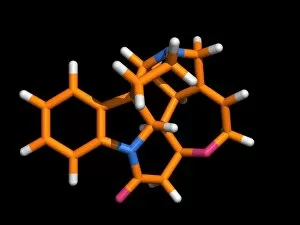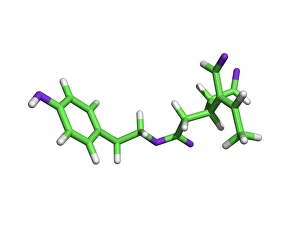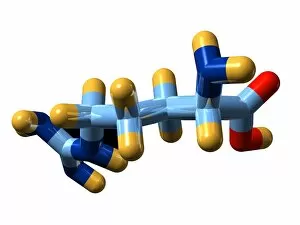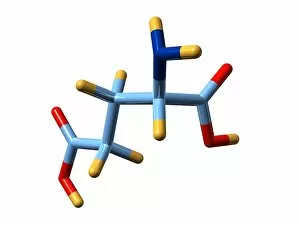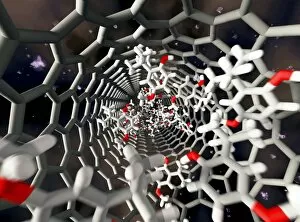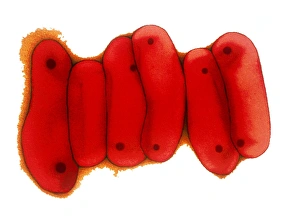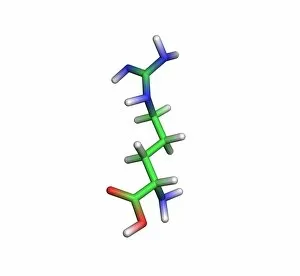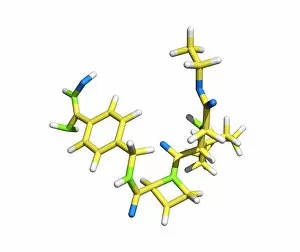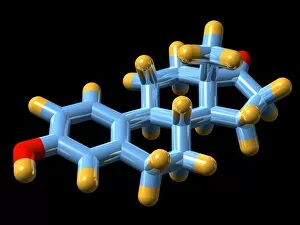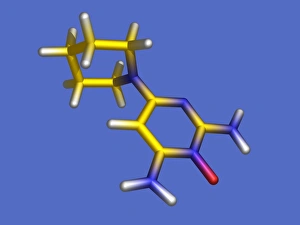Rods Collection (page 7)
"Exploring the World of Rods: From Manila Carnival to Scottish Fishing-Lodges" Captivating the crowd at the Manila Carnival
All Professionally Made to Order for Quick Shipping
"Exploring the World of Rods: From Manila Carnival to Scottish Fishing-Lodges" Captivating the crowd at the Manila Carnival, Miss Ilocos Sur gracefully twirls her rod with finesse and charm. Fly fishing enthusiasts rejoice as a skilled angler lands a magnificent Brown Trout using only his trusty rod and fly box in South Uist, Outer Hebrides. Peering into the microscopic world, we discover Pseudomonas aeruginosa bacteria under SEM, resembling delicate rods that hold secrets of life's tiniest organisms. Planning an adventure in the Lake District? Don't forget your essential fishing equipment - a reliable rod that promises thrilling catches amidst picturesque landscapes. In 1938, Mr Samuel Bloor astounds Okengates with his water divining skills, utilizing a mystical rod to locate hidden sources beneath the earth's surface. Delicate yet powerful, our eyes' intricate structure reveals rod and cone cells through SEM imagery - marveling at nature's design for vision. Serenity unfolds as ripples dance upon tranquil ponds; witness their mesmerizing patterns created by gentle touches from unseen rods of wind or creatures below. Returning to history's embrace, let us transport ourselves to a Scottish fishing-lodge circa 1840 where passionate anglers gather to discuss their impressive salmon catches over shared tales and laughter on long wooden rods. William Heath Robinson humorously captures crabbing adventures in "Crabbing Their Style, " showcasing inventive contraptions involving rods and ropes that add whimsy to seaside escapades. Embarking on an age-old tradition known as "Beating Bounds" in 1930; villagers mark their territory using long wooden rods while celebrating community ties and preserving ancient boundaries. In this diverse collection of moments captured throughout time and across continents, one common thread remains - the humble yet versatile rod, forever entwined with human endeavors and the wonders of nature.




